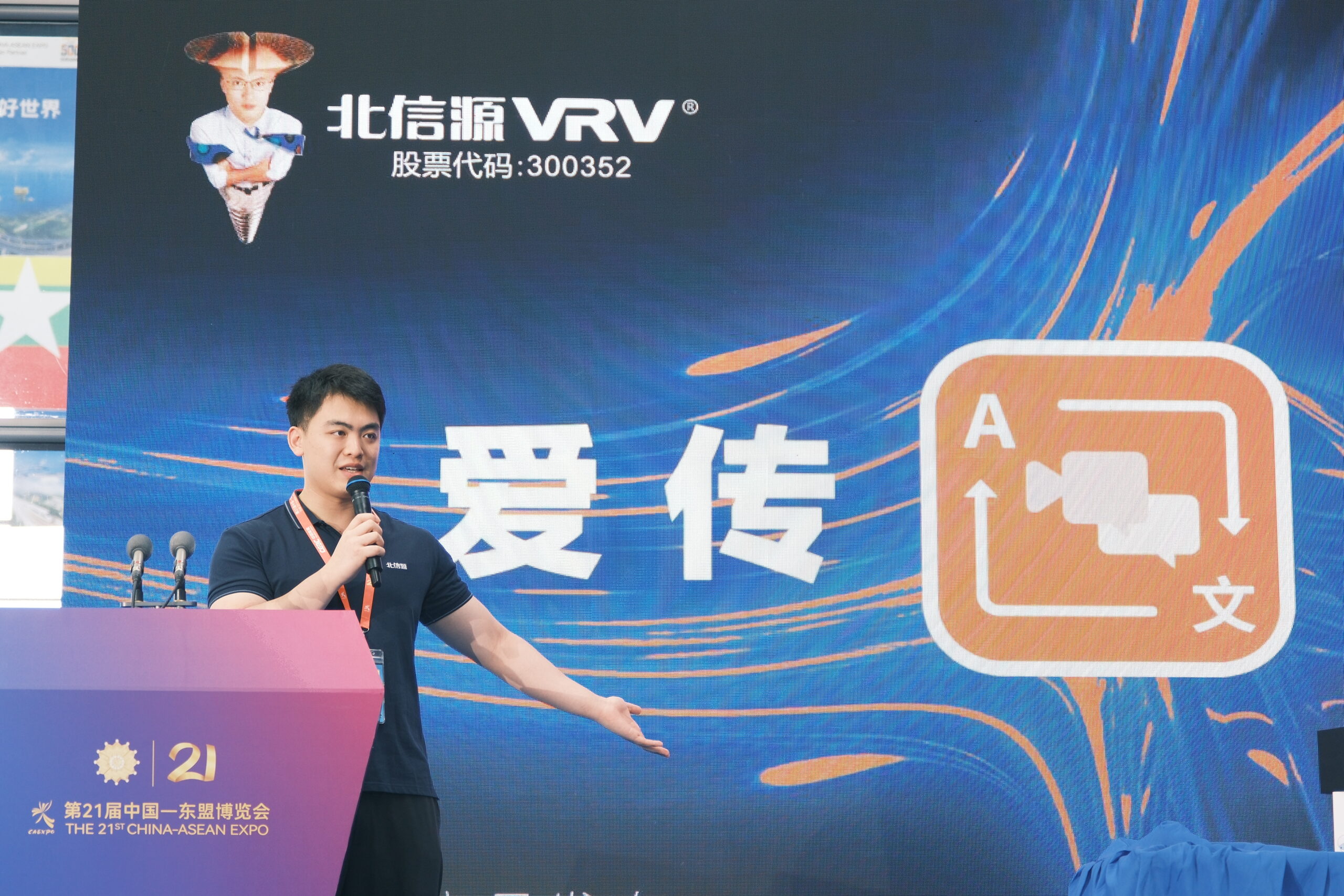The integration of translation technology in language learning is reshaping how English as a Foreign Language (EFL) learners approach communication and comprehension. As these advanced tools become ever more accessible, they bring along a blend of enthusiasm and apprehension. Recent research using the TRI 2.0 framework reveals a spectrum of behaviors—from innovative adoption to deep-seated insecurity—that highlights both the opportunities and challenges faced by learners in the digital age.

The Rise of Translation Technology in EFL Learning
In today’s interconnected world, translation technology is not merely an auxiliary tool; it has become a vital component of the EFL learning ecosystem. Modern translation apps, online dictionaries, and AI-powered tools provide learners with immediate access to language support, enabling them to overcome vocabulary gaps and grammatical uncertainties. However, as learners integrate these tools into their studies, a complex interplay of positive and negative perceptions emerges.
Understanding TRI 2.0: A Framework for Technology Readiness
TRI 2.0 (Technology Readiness Index) offers a robust framework to assess how individuals embrace or resist new technologies. Applied to translation tools among EFL learners, TRI 2.0 helps reveal key facets:
- Optimism and Innovativeness: Many learners show high levels of enthusiasm and confidence when using translation technology. They appreciate the immediate support and the opportunity to explore new linguistic landscapes.
- Discomfort and Insecurity: Conversely, some learners exhibit insecurity, often stemming from concerns about overreliance, potential errors, and the fear of losing a deeper, intrinsic grasp of the language.
This duality encapsulates the central tension in the adoption of translation technology—a balance between leveraging digital advancements and maintaining traditional language competencies.
The Dual Facets of Translation Technology Use
Embracing Innovativeness
EFL learners who are innovative users of translation technology often experience:
- Enhanced Engagement: Instant translations and contextual suggestions boost their confidence, making language exploration exciting and dynamic.
- Increased Efficiency: Quick access to information allows for faster comprehension and problem-solving during reading or conversation.
- Resourcefulness: These learners typically use translation tools as a springboard to discover related linguistic resources, deepening their overall language proficiency.
Facing Insecurity
On the flip side, feelings of insecurity manifest in various ways:
- Overreliance Concerns: Some learners worry that constant dependence on translation tools may hinder their ability to internalize vocabulary and grammar.
- Accuracy Doubts: Even the most advanced tools are not foolproof; inaccuracies or misinterpretations can lead to misunderstandings, fostering a sense of uncertainty.
- Loss of Nuance: Language is rich with idioms, cultural references, and emotional subtleties that automated systems sometimes fail to capture, leaving learners feeling that something essential is missing.
Beyond the Research: Additional Factors Shaping Use Behavior
While TRI 2.0 sheds light on the inner dynamics of technology readiness, several external factors further influence how translation tools are used:
- Pedagogical Integration: Educators play a critical role in mediating technology use. When teachers integrate these tools into the curriculum with clear guidelines and supportive feedback, learners are more likely to use them effectively.
- Cultural and Contextual Awareness: Incorporating cultural insights and contextual examples into translation technology can mitigate some insecurities. Tailored training that emphasizes both the strengths and limitations of these tools helps learners develop a balanced approach.
- Peer Influence and Collaborative Learning: Social learning environments where students share experiences and strategies for using translation technology can foster collective confidence and reduce individual apprehensions.

Implications for Educators and Policy Makers
The insights drawn from research and additional observations suggest several strategies for enhancing the positive impact of translation technology while addressing its challenges:
- Balanced Curriculum Design: Integrate translation tools as supplements rather than replacements for traditional language learning, ensuring that learners still engage deeply with the language.
- Critical Use Training: Educate learners on the appropriate contexts for using translation tools, emphasizing critical thinking and verification of digital outputs.
- Ongoing Support and Feedback: Provide continuous professional development for educators to stay abreast of technological advancements and effective pedagogical practices.
- Collaborative Frameworks: Encourage the formation of peer networks and study groups to share best practices, fostering an environment of shared learning and mutual support.
Frequently Asked Questions
Q: What is TRI 2.0 and how does it relate to translation technology use?
A: TRI 2.0, or Technology Readiness Index 2.0, is a framework that assesses individuals’ readiness to adopt new technologies. In the context of EFL learners, it helps explain why some are enthusiastic and innovative in using translation tools while others feel insecure or overly dependent.
Q: How do translation tools benefit EFL learners?
A: They provide instant support, enhance engagement, and increase efficiency by offering quick translations and contextual understanding, allowing learners to navigate language challenges more effectively.
Q: What causes insecurity among some EFL learners when using translation technology?
A: Insecurity often stems from concerns about overreliance, potential inaccuracies in automated translations, and the fear that such tools might lead to a superficial understanding of the language.
Q: How can educators effectively integrate translation technology into language learning?
A: Educators can integrate these tools as supportive aids, provide clear guidelines for their use, and offer training that emphasizes critical evaluation of translations, ensuring that students balance technology use with traditional language learning methods.
Q: What are the potential risks of relying too much on translation technology?
A: Overreliance can result in a diminished capacity to internalize language rules and vocabulary, potentially reducing learners’ long-term language proficiency and critical language skills.
Q: Can translation technology capture cultural nuances and idiomatic expressions effectively?
A: While advanced tools have made significant strides, they may still miss subtle cultural and idiomatic nuances. This gap highlights the need for human oversight and supplementary cultural education.
Q: How can learners overcome feelings of insecurity related to translation technology?
A: By receiving proper guidance, engaging in critical use training, and complementing technology use with traditional language practice, learners can build confidence and reduce reliance-induced insecurities.
Q: Are there any long-term benefits to using translation technology in EFL learning?
A: Yes, when used judiciously, these tools can enhance learning efficiency, provide access to a wealth of linguistic resources, and ultimately support a more comprehensive understanding of the language.
Q: What role does peer collaboration play in the effective use of translation tools?
A: Collaborative learning allows students to share strategies, discuss challenges, and build collective confidence, mitigating individual insecurities and promoting a balanced approach to technology use.
Q: What future developments could further improve translation technology for EFL learners?
A: Future advancements may include enhanced AI algorithms that better capture cultural nuances, improved integration with educational platforms, and personalized learning experiences that adapt to individual learner needs.

Conclusion
The exploration of translation technology use among EFL learners through the lens of TRI 2.0 reveals a rich tapestry of behaviors—from the eagerness to innovate to the apprehension of dependency. By understanding and addressing both the positive and negative facets of technology adoption, educators and policy makers can foster an environment where translation tools serve as effective aids without compromising the depth of language learning. Embracing these insights will not only enhance individual learning experiences but also contribute to the broader evolution of digital education in an increasingly interconnected world.
Sources Nature


